In addition to enabling industrial maintenance best practices , electrical test and measurement tools help prevent electrical mishaps and dangerous accidents. If used improperly, however, these tools can be the source of an electrical accident.
First and foremost, it is important to understand the safety risks posed by electrical hazards. Many risks of electrical mishap can be mitigated with safety education. Utilizing the right tools to detect and measure conditions that signal where and when an electrical safety incident may occur, then using those tools properly are also critical to mitigate risk.
Here are some safety guidelines to follow when operating electrical test and measurement equipment and working within electrical environments.
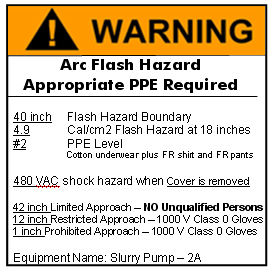
Beware of Arc Flashing
Arc flashes are an electrical safety risk harmful to property and personnel. OSHA describes it as a ” a phenomenon where a flashover of electric current leaves its intended path and travels through the air from one conductor to another, or to ground.”
The dangers of an arc flash are grave; as OSHA describes: “the results are often violent and when a human is in close proximity to the arc flash, serious injury and even death can occur.”
Arc flashes often cause severe damage to property and injury to personnel. According to data accumulated by Fluke, a manufacturer of electrical safety tools and equipment, about five to 10 arc flash incidents occur every day in the U.S. Arc flash incidents caused 77 % of the recorded electrical injuries. Over 2,000 people are admitted to burn centers with severe arc flash burns each year.
Simon Worrall, a technical sales manager with Fluke Corporation, cautions that arc flashes can be quite injurious. “We’re talking about risk from electrocution, the shocks and the hazards, and contact with a human body,” says Worrall. “It can be skin, muscle, and even hair that can cause enough current to flow through the body.”
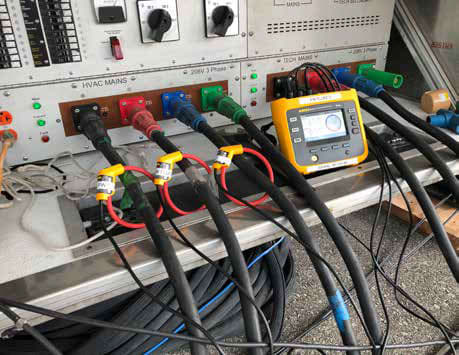
Worrall adds that 50 milliamps for 50 milliseconds will stop the human heart. A higher current for less time or a lower current for a longer time can also have the same effect.
Beware of Transients
In addition to arc flashes, transients are another electrical safety risk. A transient is a momentary variation in current, voltage, or frequency. “Transients as well as arc flashes, may be caused by any motor or large inductive load switching off,” says Worrall. “Obviously faulty equipment, malfunctioning equipment causing large spikes.
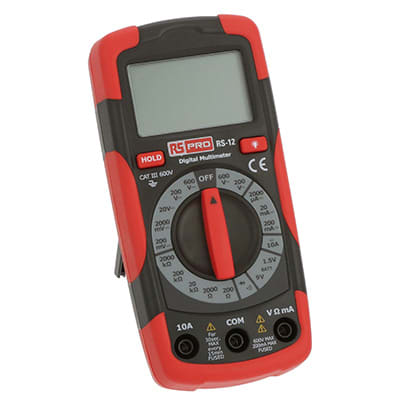
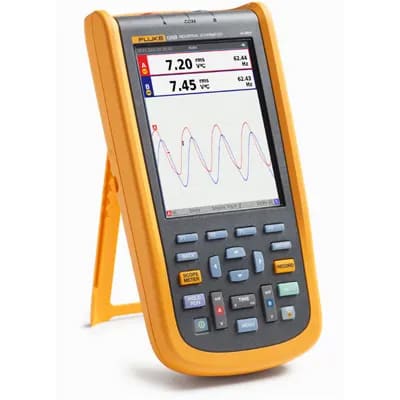
But equally, utilities doing load switching, doing the tap transformer switching on the load surge on the substations, can cause a spike. A lightning strike hits the overhead cables outside, travels down and then enters our building via electrical services and cause a transient.”
Electrical test and detection equipment such as a multimeter or oscilloscope may help flag excess voltages or erratic and harmful voltage early. For example, a multimeter helps detect excessive voltage at motor terminals when transients are present. However, sometimes even a multimeter cannot detect them. In fact, transients damage test equipment, if such devices have inadequate protection built into them.
“Transients may contain a high amount of energy,” adds Worrell. “They’re largely invisible and unavoidable. And when we say invisible, they happen at such fast speeds that most digital multimeters never see them. They’ll be less than 100 microseconds in time duration, and they can overcome most test equipment’s input protection. At Fluke, we spend a lot of time and money in protecting not only equipment, but the users as well.”
Thus, transient current and voltage damage electrical equipment and circuitry, but also damage test and measurement equipment. For this reason, it is important to be familiar with equipment and ensure it is properly rated for a specific application.
Use Proper Electrical Test, Measurement, and Imaging Tools – with Care
Electrical test and measurement tools used improperly can cause electrical accidents. Therefore, it is important to update equipment, meet the latest industry standards, and properly rate and protect for the voltage or current environment that it is used in.
When it comes to test and measurement equipment, all test and measurement equipment should follow the IEC 61010 standards, a group of standards for low voltage test equipment. Familiarity with the standard will minimize hazards to operators and the surrounding environment and equipment.
Worrall cautions when taking voltage and current ranges that testers are in the proper range and with the right leads connected to the right places. Of course, make sure equipment is set to measure accurately and ensure the proper range.

Be careful when measuring current continuity. Users are measuring a live circuit, prone to arcing, shock, and other hazards. Current meters of inferior quality, or older obsolete meters, may not be able to protect against this current measurement. Some manufacturers provide physical barriers to prevent mistakes. For example, Fluke has many internal components to protect testers, including electrical protection, from making such mistakes. When using test and measurement equipment, be sure to read all accompanying literature and instructions and follow industry guidelines.
Always use properly rated equipment for a specific measurement or test application. The equipment rating will be stamped near the terminals on digital multimeters, oscilloscopes, power quality analyzers, and others. “Anything that makes a physical connection to your electrical system will have a category rating,” explains Worrall. “And we can see here highlighted, CAT III, 1000-volt, CAT IV, 600 volts. And depending on the environment depends on the actual meter you will use. Read your instructions. Read the back of the units. Understand the actual units you are using.”
Worrall says it is common for engineers to tell him meters they are using came from their apprenticeships. “We’ve got the original gray Fluke 77 Series,” he says. “And there are no ratings. We didn’t have category safety ratings in those days. 70 Series Mark III, for example were replaced with the 170 Series. It’s only rated as a CAT II, 600-volt device. So, if you’ve got no ratings or it’s underrated, you must not use those units. They need to be upgraded. They need to be replaced.”
In addition to traditional test and measurement tools, such as multimeters and other devices, thermal imaging cameras emerged as a useful tool to detect electrical problems early. Many problems in electrical and electrical mechanical systems develop elevated temperature long before a catastrophic failure, and an arc flash at worst case.
“Using thermal imaging helps keep an eye on your cable temperatures, your connection temperatures, and fix them and repair them well before you get to potential shorts where insulation(?) is burning off,” says Worrall. “You can do lots of things with thermal imaging. And you can do it from a distance, so you’re safely outside the arc flash zone.”
Focus on a Comprehensive Electrical Maintenance Program
When it comes to electrical safety, the best defense against mishap is a strong offense. And a strong offense means having a comprehensive electrical maintenance program that focuses on all electrical equipment outside of your electrical cabinets, as well as what’s inside. This will save time, cost, and preserve engineering integrity within your electrical ecosystem.

All motors within an industrial plant or other landscape, should be checked regularly. Apply adequate troubleshooting to any motor not meeting performance specifications and correct the problem, or replace the motor, depending on the diagnosis. As discussed, ensure the proper tools match the problem they seek to uncover, and the application you are using them to test and troubleshoot.
Smartly use any available tools such as infrared thermographic cameras, multimeters, and clip-on ammeters and voltmeters, and many other test and diagnostic equipment to check motor connections and controllers, and also to check everything inside your electrical cabinets. If cabinets are locked and sealed, install an inspection port so you can more easily inspect them.
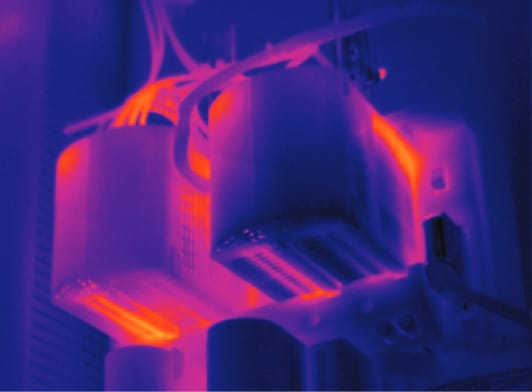
In summary, Worrall stresses the importance of implementing and enforcing a safety program and providing as many training courses as possible. “Make sure that you audit all your test equipment,” he advises. “Make sure you are using the right things. Many, many times I’ve visited sites where they’ve shown me equipment they’re using and basically I said, ‘that’s not rated correctly for what you’re doing. You need to put it to one side and replace it with something more modern with a better safety rating. And make trainings a part of your daily work.”
Additional Links & Resources
How To Test a Motor with the Fluke 1587 FC







